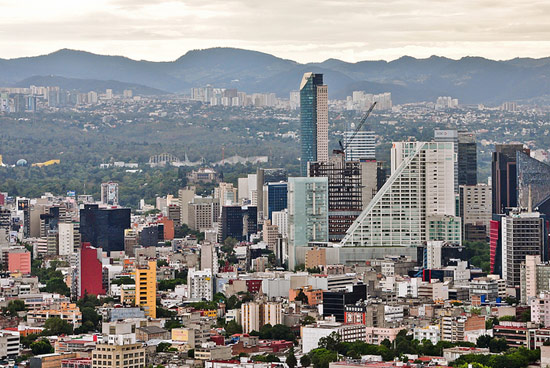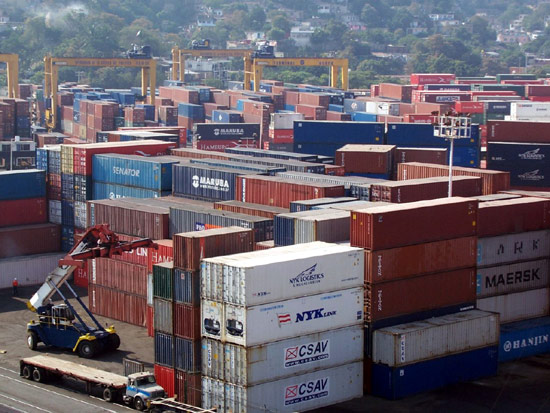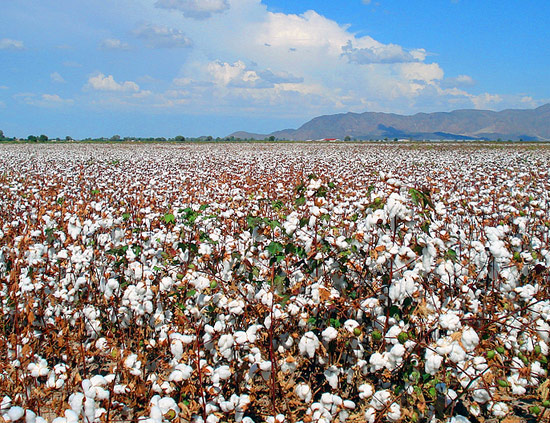Country Snapshot: Trade Overview
Mexico’s trade is heavily dependent on the country’s participation in trade agreements. Mexico has more than 90 percent of trade under free trade agreements with over 50 countries, including the North American Free Trade Agreement (NAFTA) with the US and Canada. The country’s manufacturing sector is a key economic contributor and most of its output is exported to the US. The US receives over three-fourths of exports, consisting of chemicals, motor vehicle parts, and electronic equipment. NAFTA has opened Mexico’s agricultural sector and dramatically increased exports of fruits and vegetables. Tariff reductions are part of trade objectives intended to increase competitiveness. The government has also improved competition in transportation, telecommunications, electricity generation, and natural gas distribution.
Trade History
In its early history, Mexico was a country with highly evolved indigenous cultures, including the Mayas and the Aztecs. Their dominance ended when the Spanish first conquered Mexico in 1519. The nation became a Spanish colony for nearly 300 years. Prominent Mexican figures played a key role in establishing the country’s independence in 1824. As an independent state, Mexico experimented with the implementation of modern economic and democratic reforms.
In 1994, the approval of NAFTA improved the country’s share of imports from the U.S. and Canada. Mexico faces many economic challenges, such as enhancing the competitiveness of the manufacturing and energy sectors, upgrading its infrastructure, and modernizing its labor standards. The global recession of 2008-2009 affected exports to the US market; however, the economy grew by more than five percent after the global recession, and the banking sector remained well capitalized and stable.
Top Export Partners
Mexico’s top exporter is the US, purchasing 78 percent of the country's exports. However, exports to the US have decreased from a high of nearly 90 percent as the country aims to diversify its export markets.
Major Export Products and Services
Mexico’s principle exports are cotton, oil and oil products, silver, coffee, vegetables, fruits, and manufactured goods. The country is among the world's top oil producers.
Top Import Partners
Mexico’s main import partners are the US, with 50 percent of purchases; China, with 15 percent, and Japan, with 5 percent. Despite the importance of the US market, the share of imports from Asian countries has grown faster than imports from the US and the EU.
Major Import Products and Services
Mexico imports repair parts for motor vehicles, car parts for assembly, aircraft parts, aircraft, steel mill products, agricultural machinery, metalworking machines, and electrical equipment. Most of the goods that Mexico imports represent intermediate products used in the country’s production sector.
Barriers to Trade (Tariff and Non-Tariff)
Mexico has low tariff rates since over 90 percent of its trade takes place within the country’s free trade agreements. The cost of trade increases, however, with Mexico’s import restrictions, barriers in the services sector, import registration and licensing, strict labeling standards, complex sanitary regulations, and anti-dumping laws. The government exercises some price controls in industries such as pharmaceuticals, energy, and electricity.
Major Ports
Mexico’s ports include Veracruz, Manzanillo, Coatzacoalcos, Altramira, Salina Cruz, and Lazaro Cardenas. Manzanillo is Mexico’s largest container port, followed by Veracruz and Altamira.
Article written for World Trade Press by Eileen Rojas.
Copyright © 1993—2024 World Trade Press. All rights reserved.

 Mexico
Mexico 



